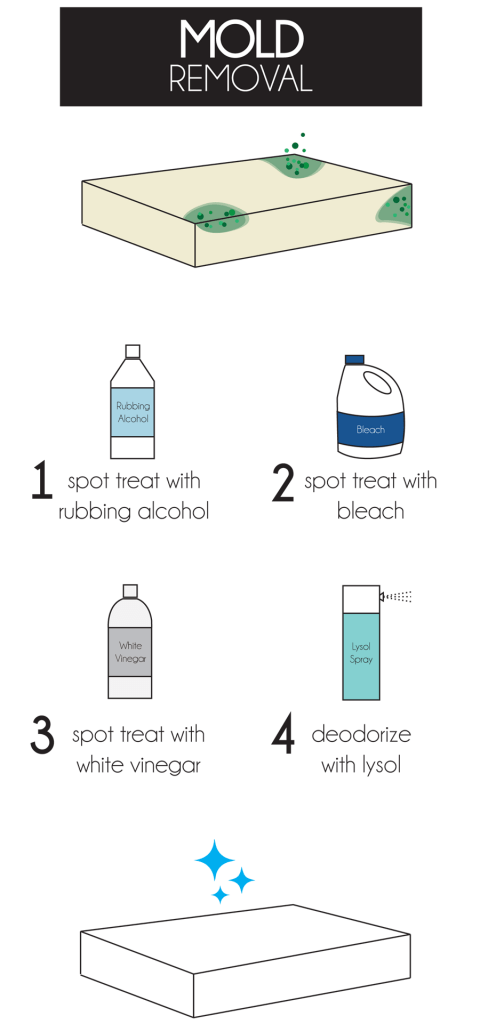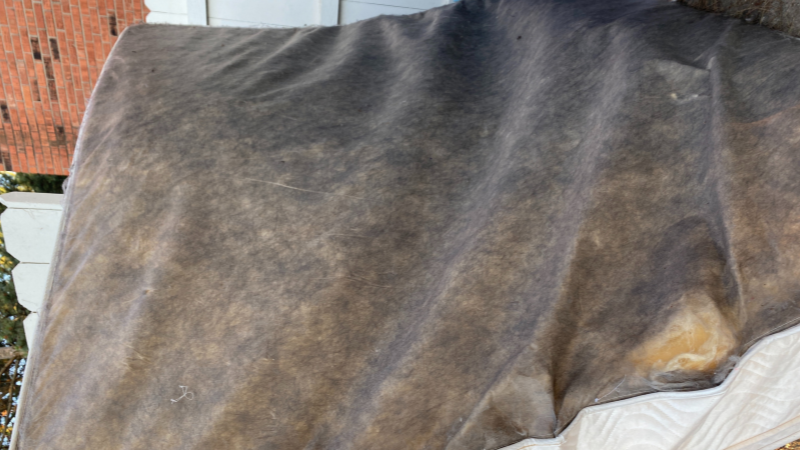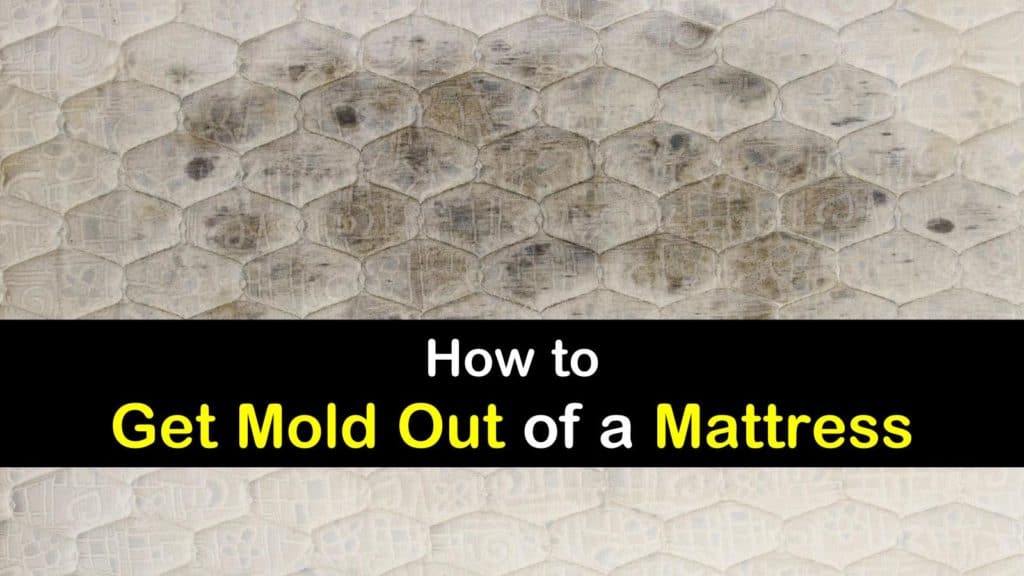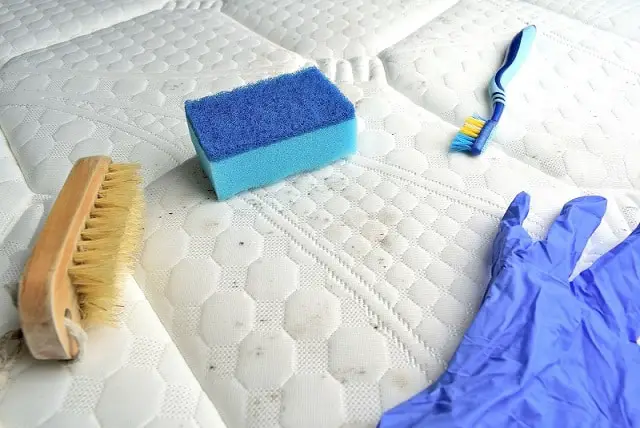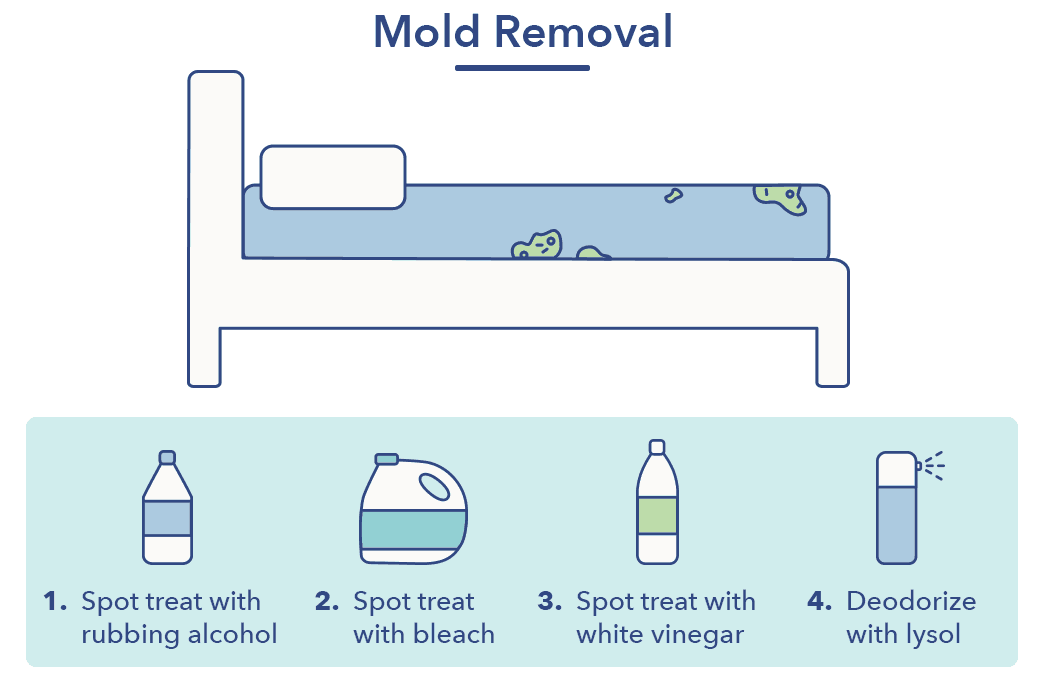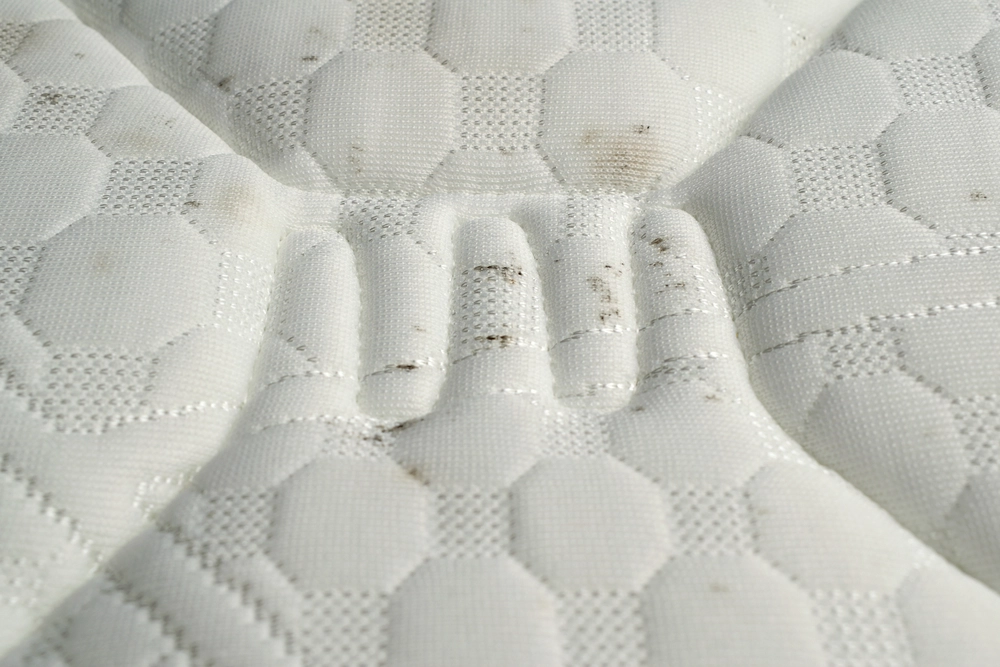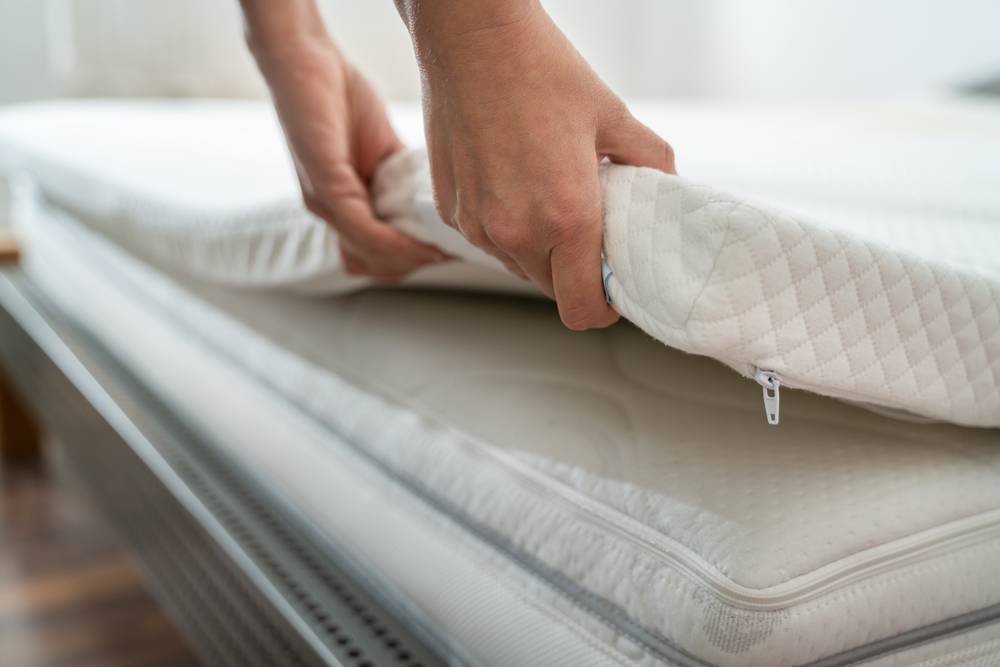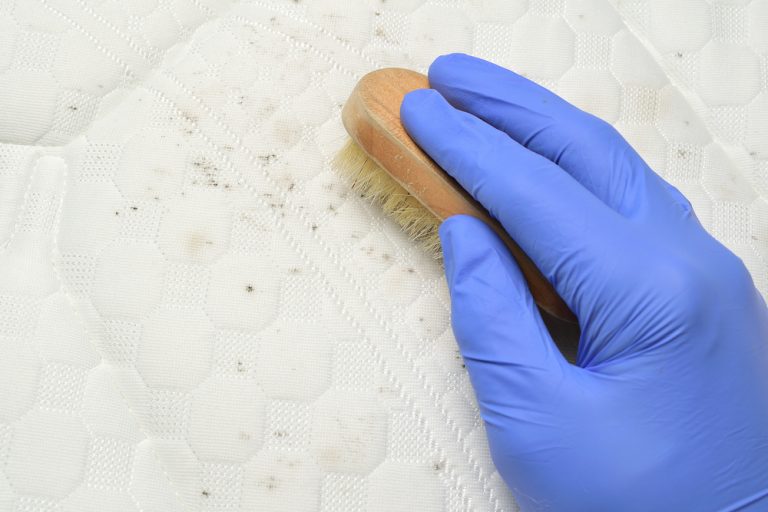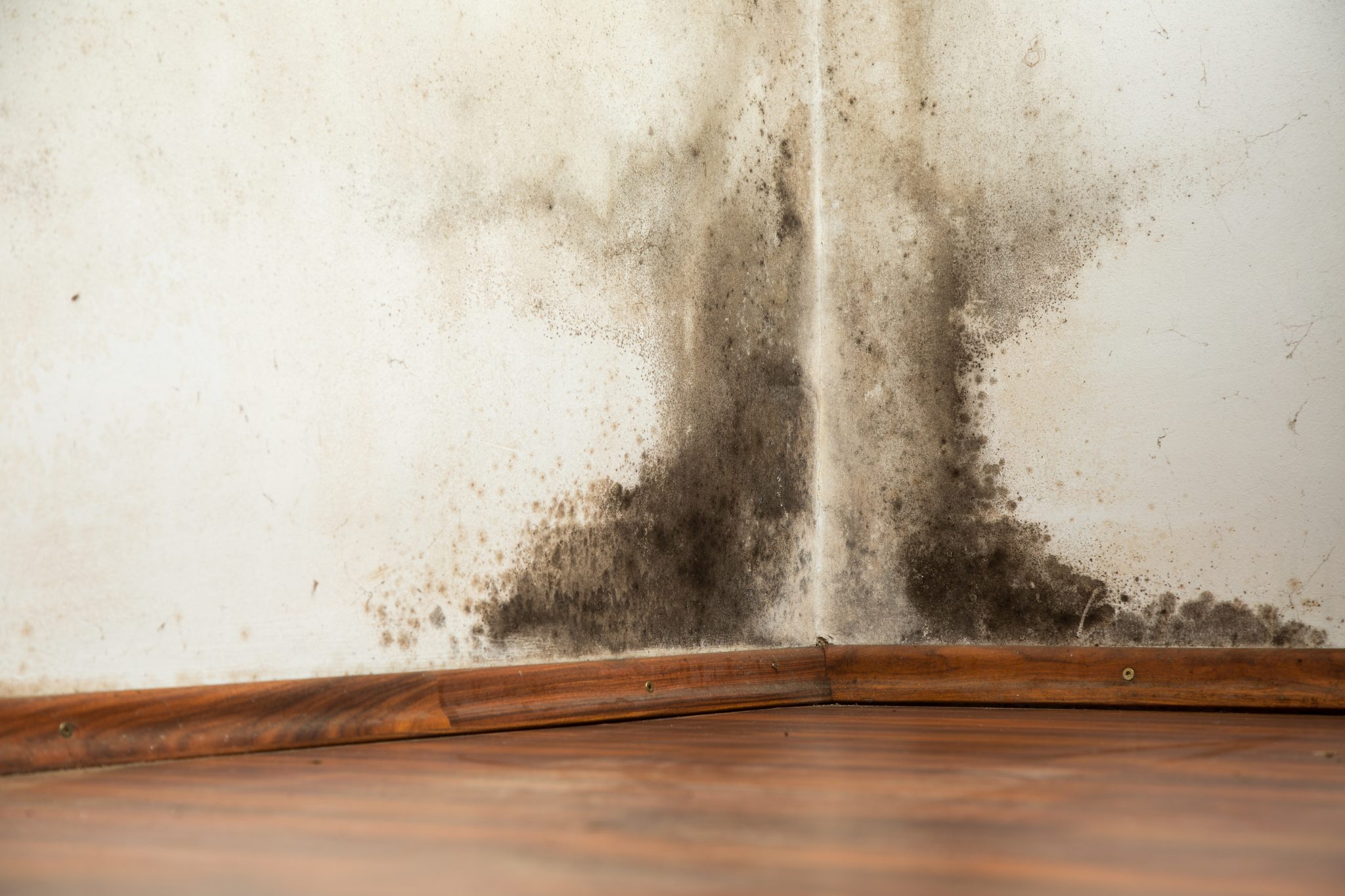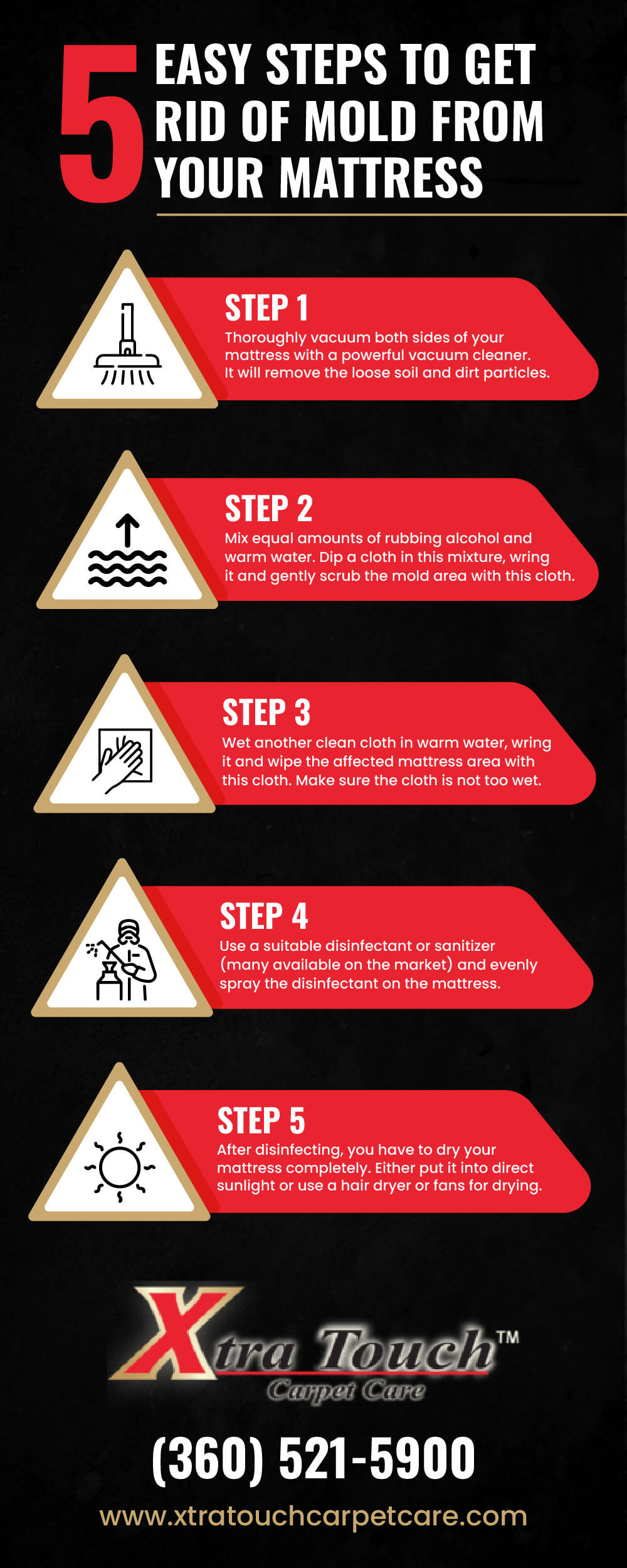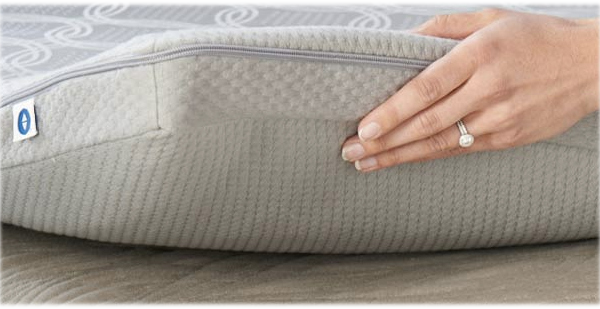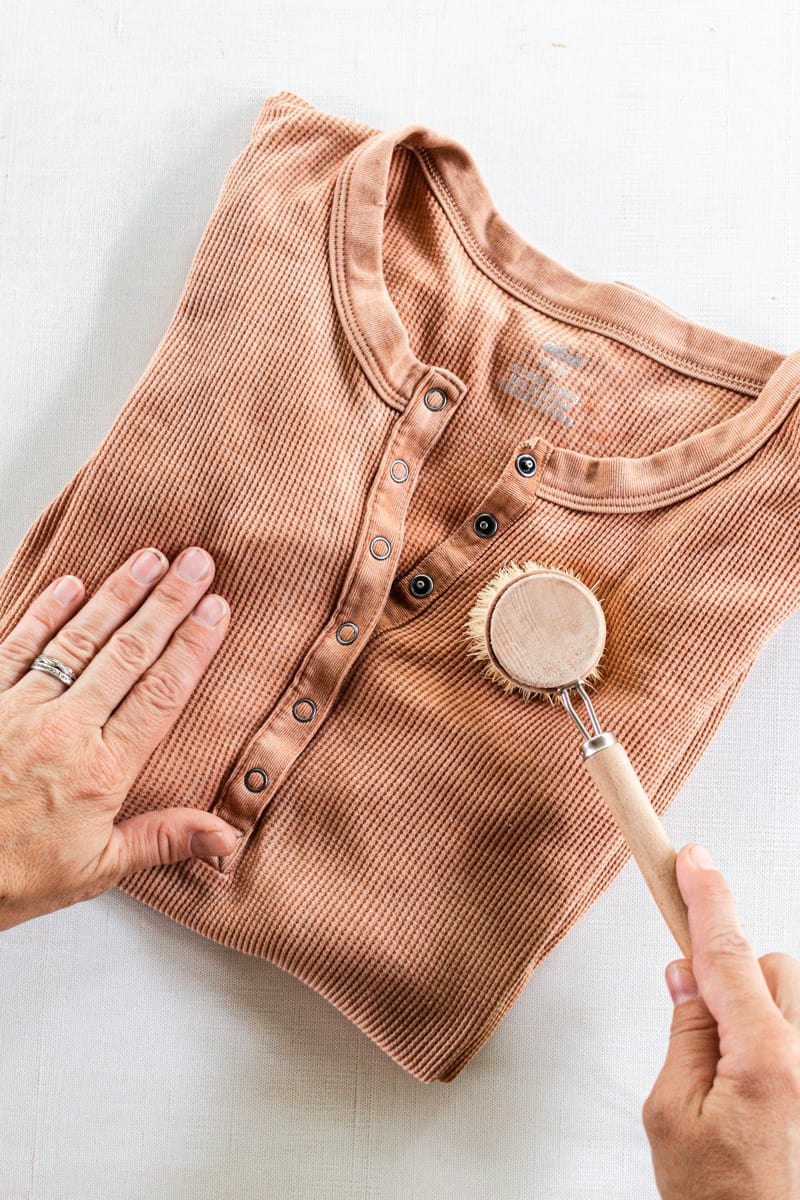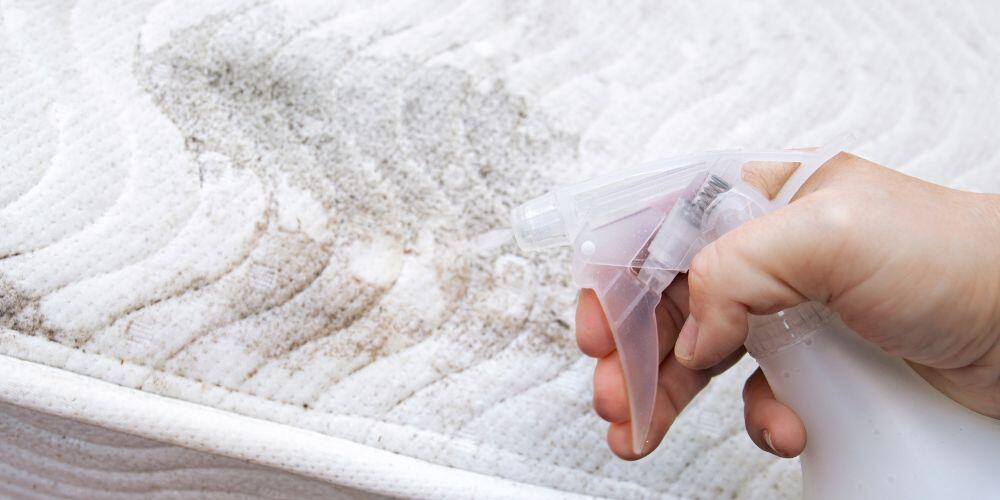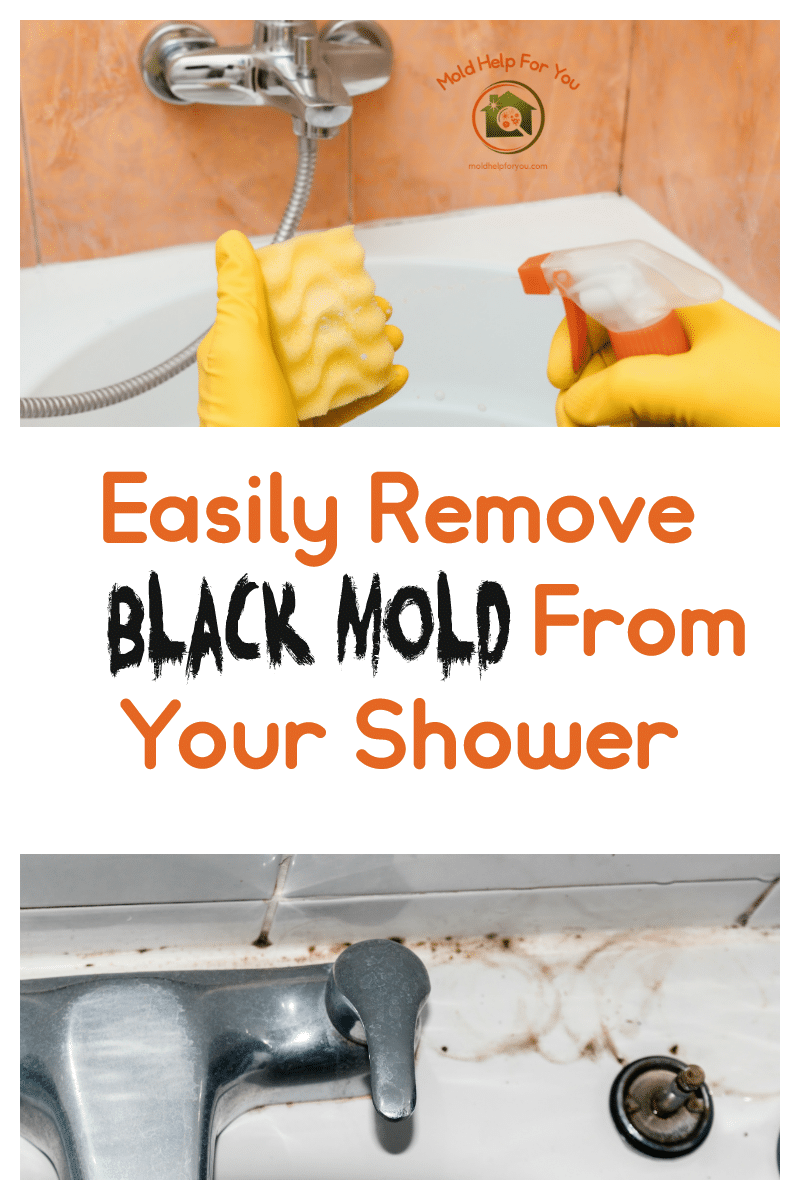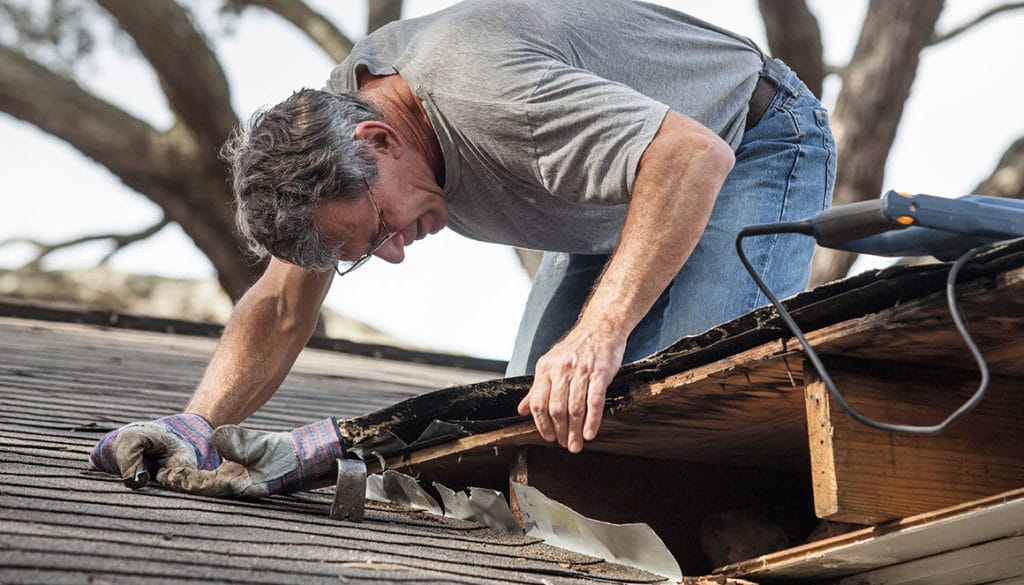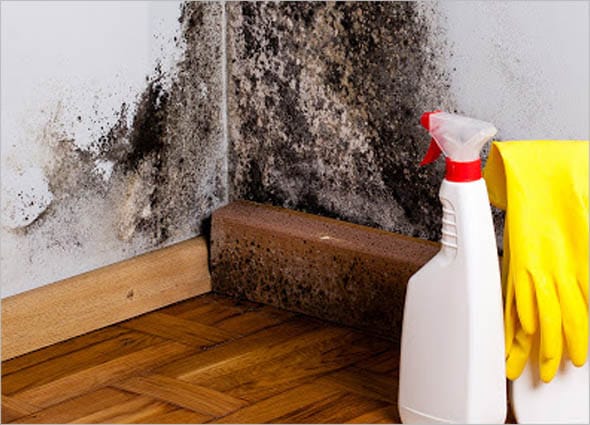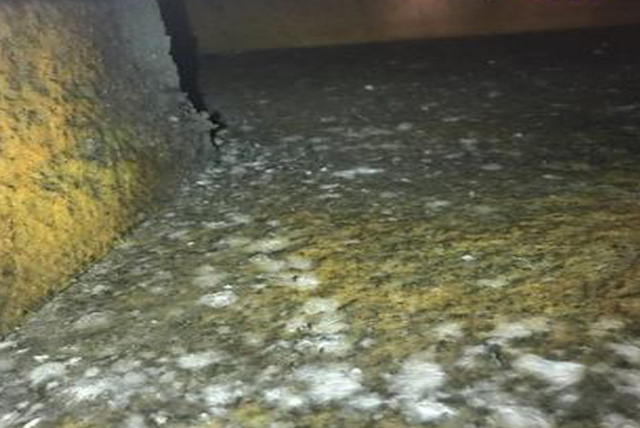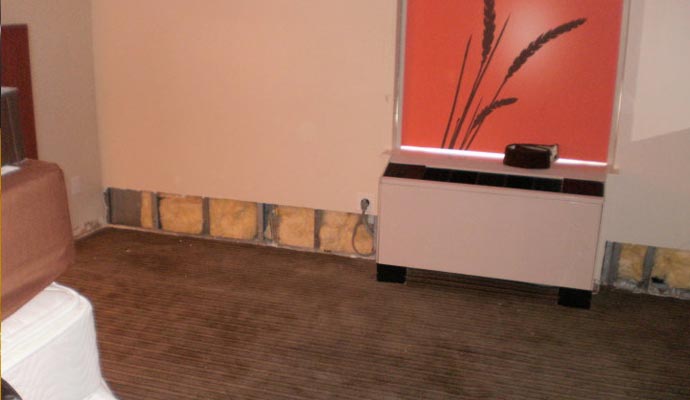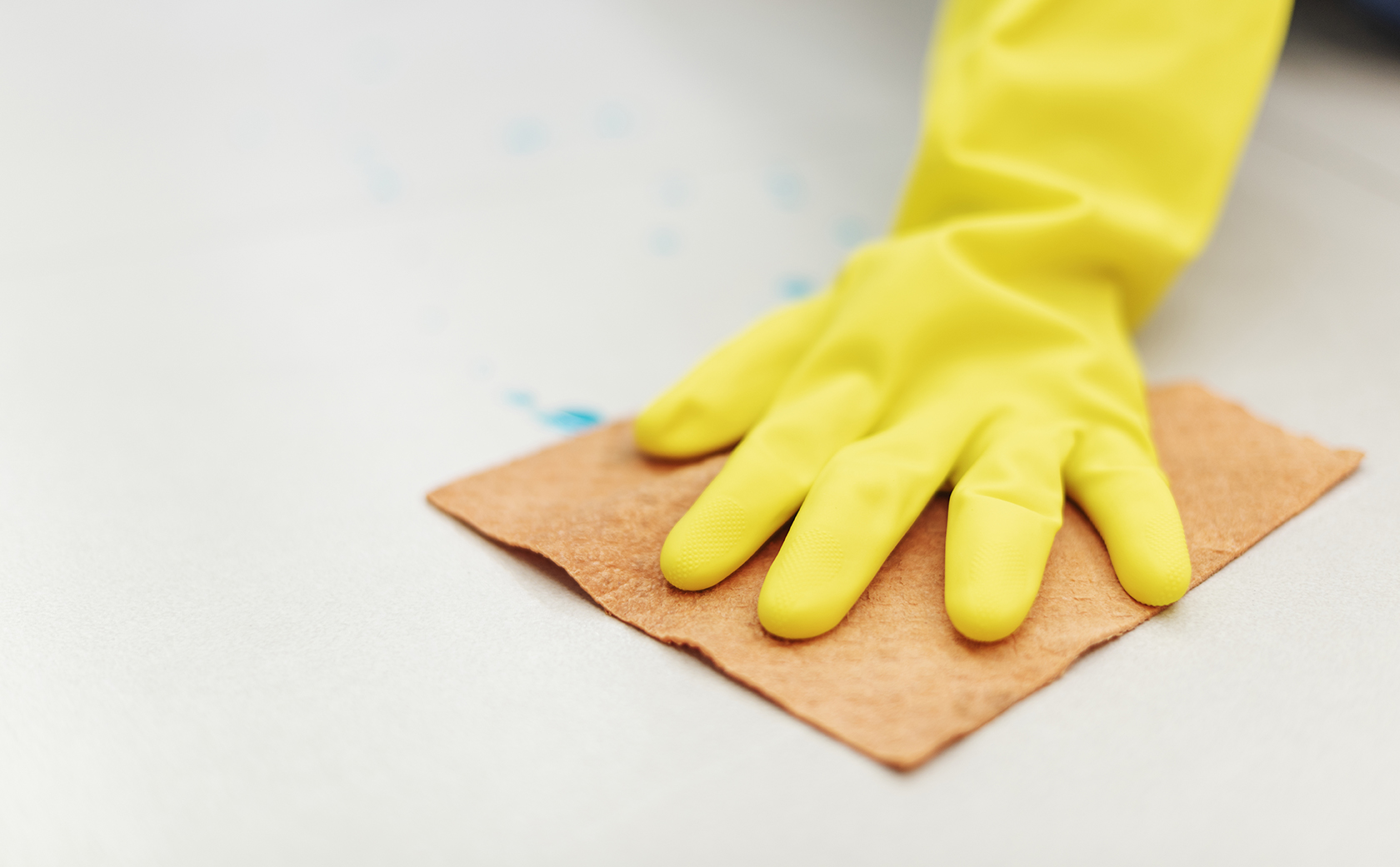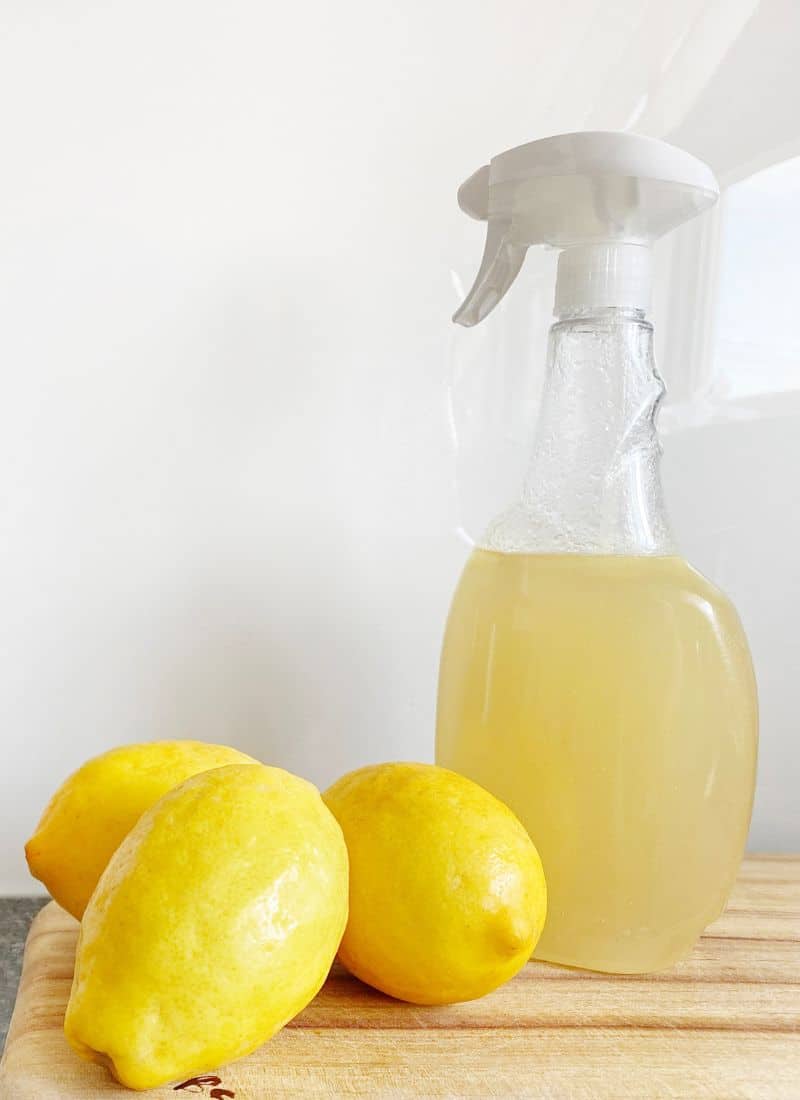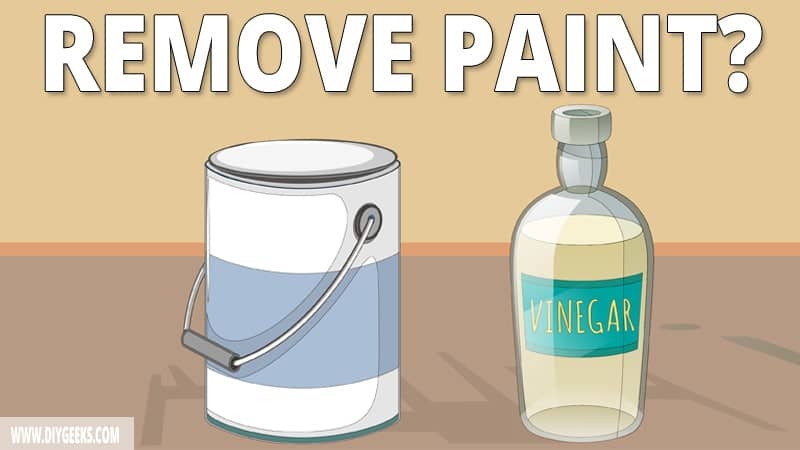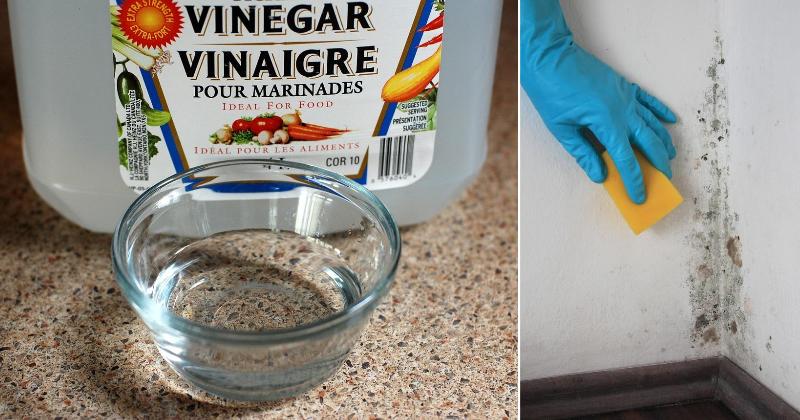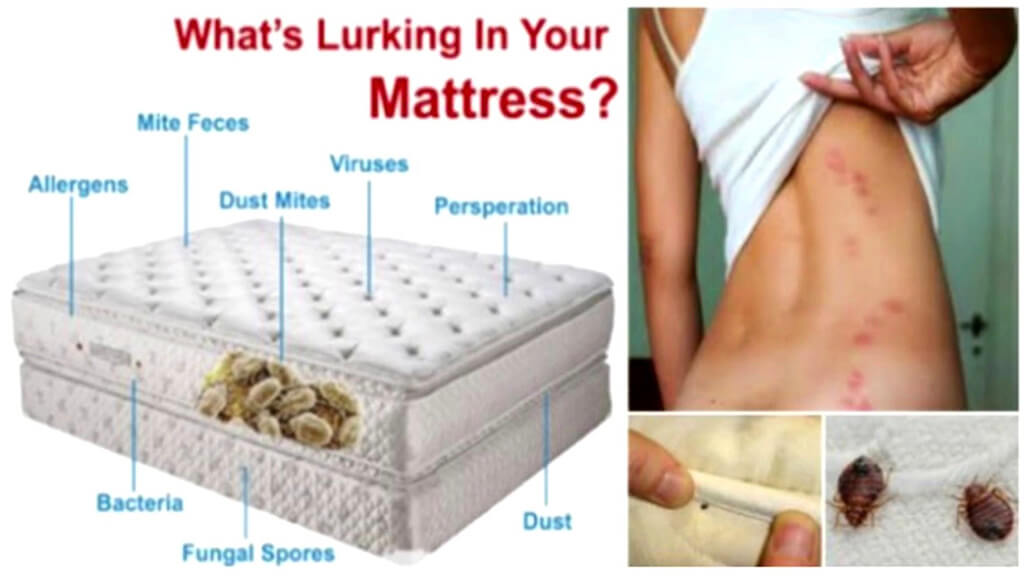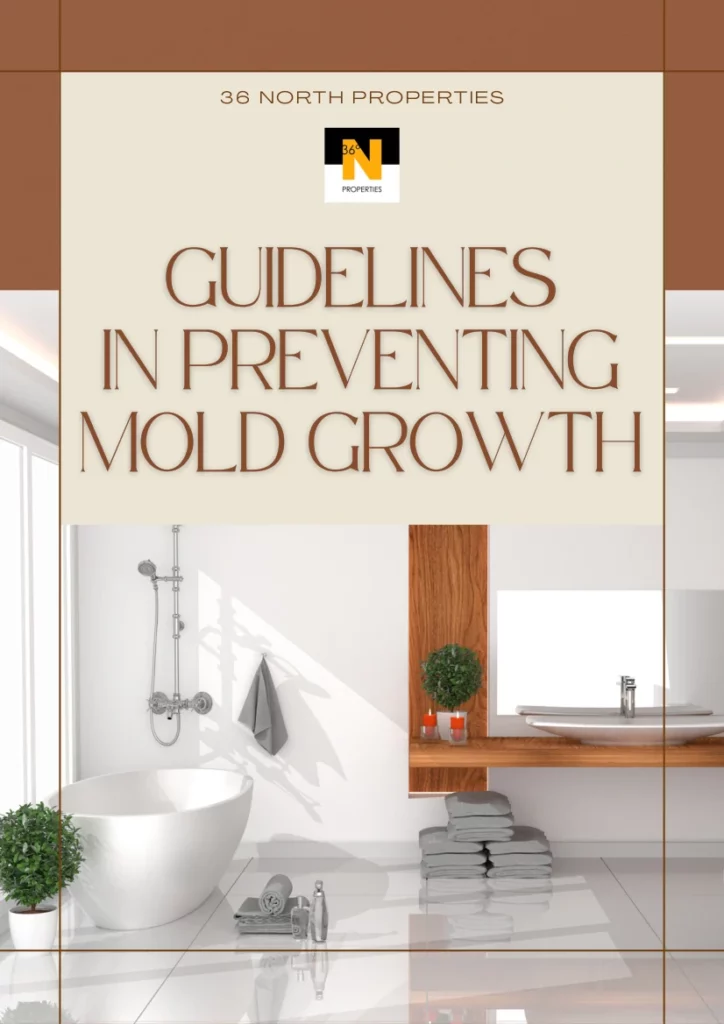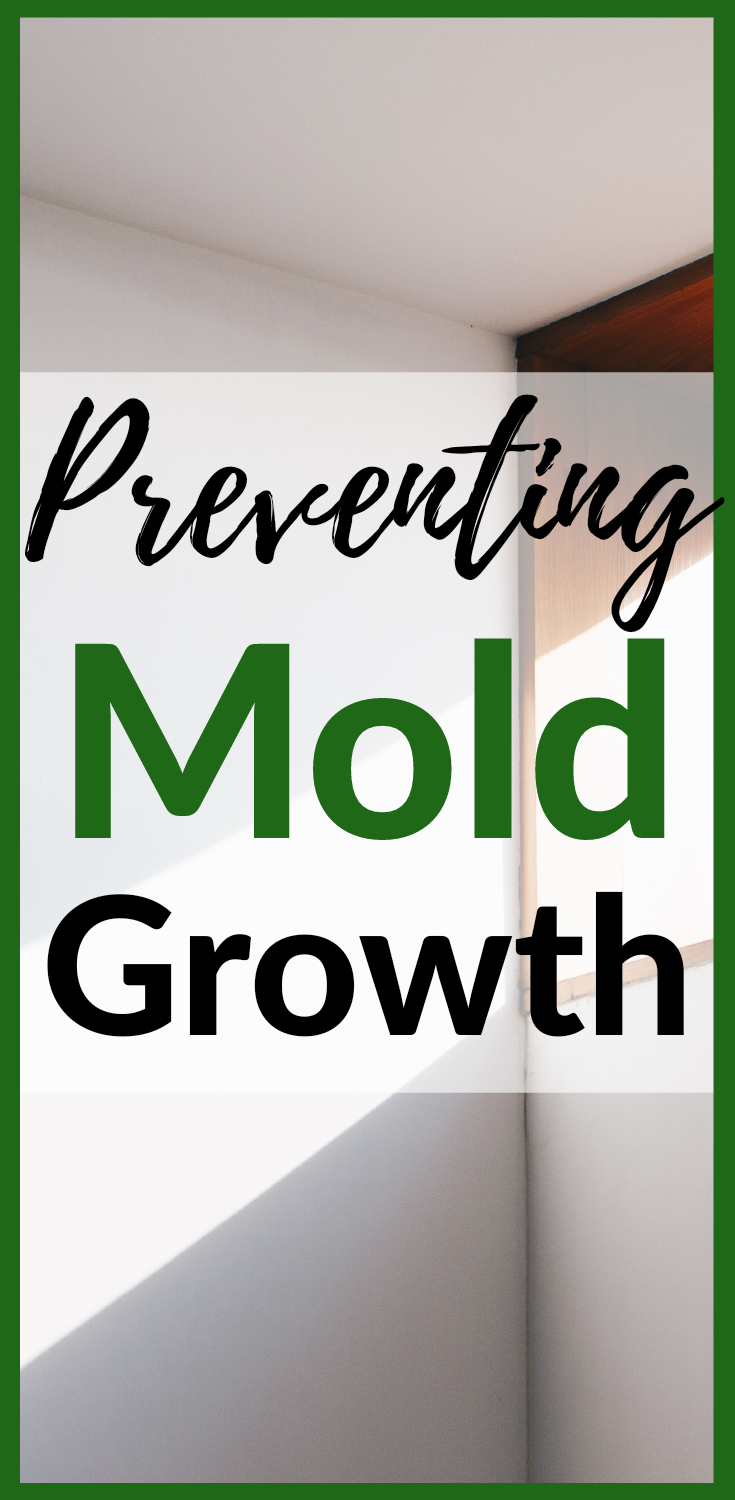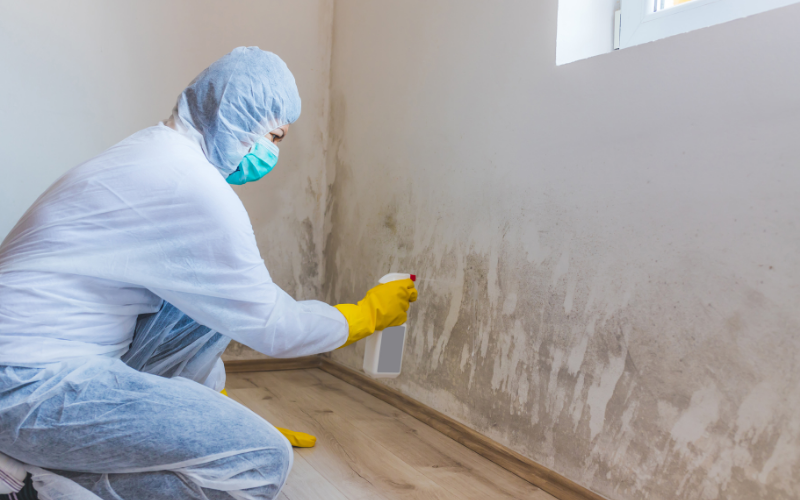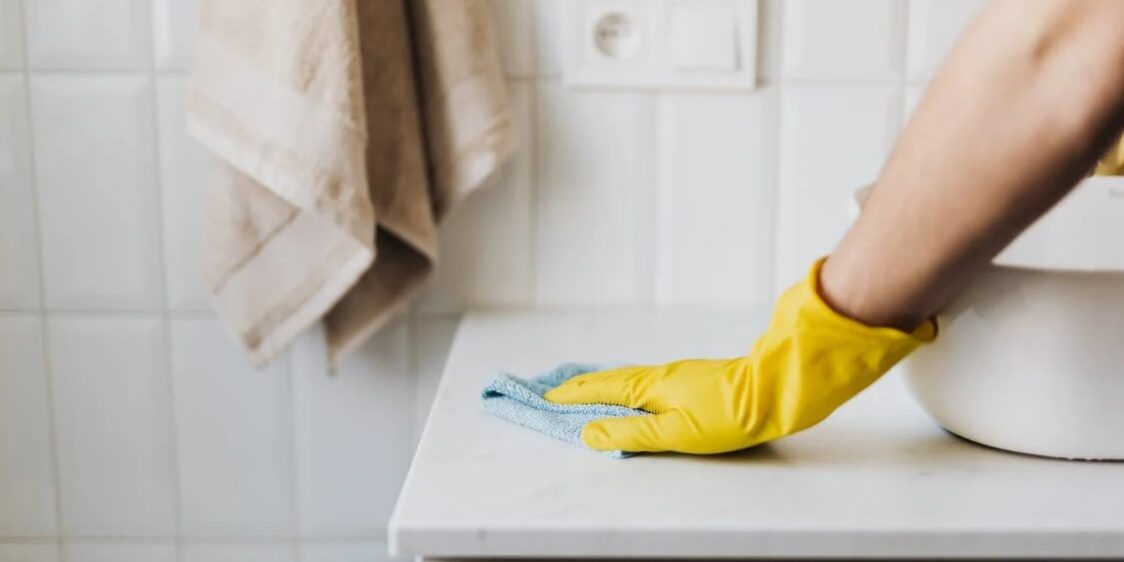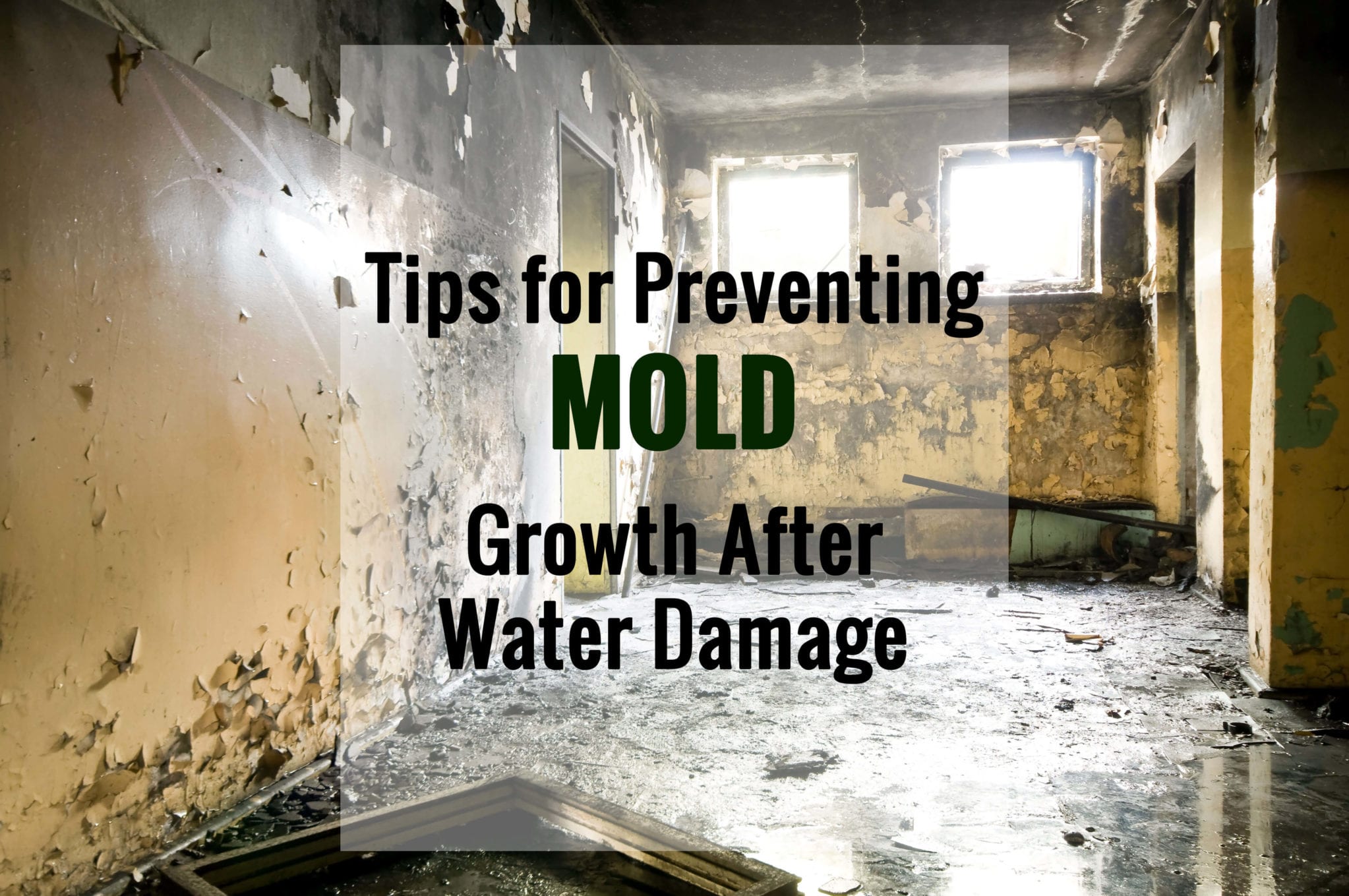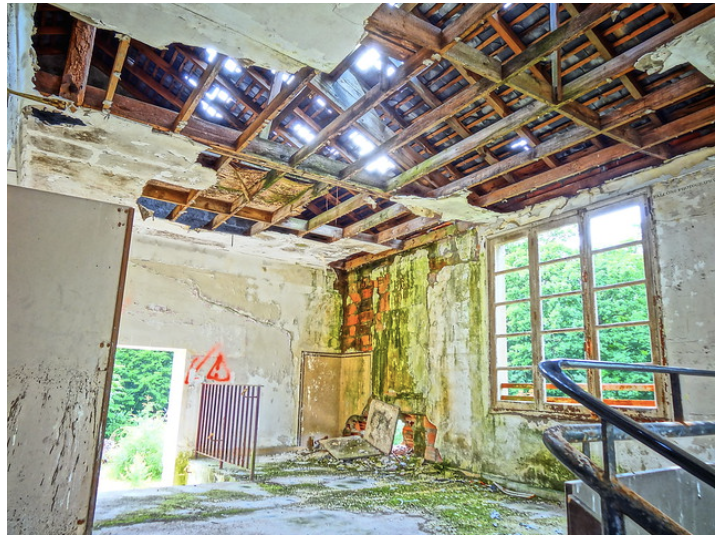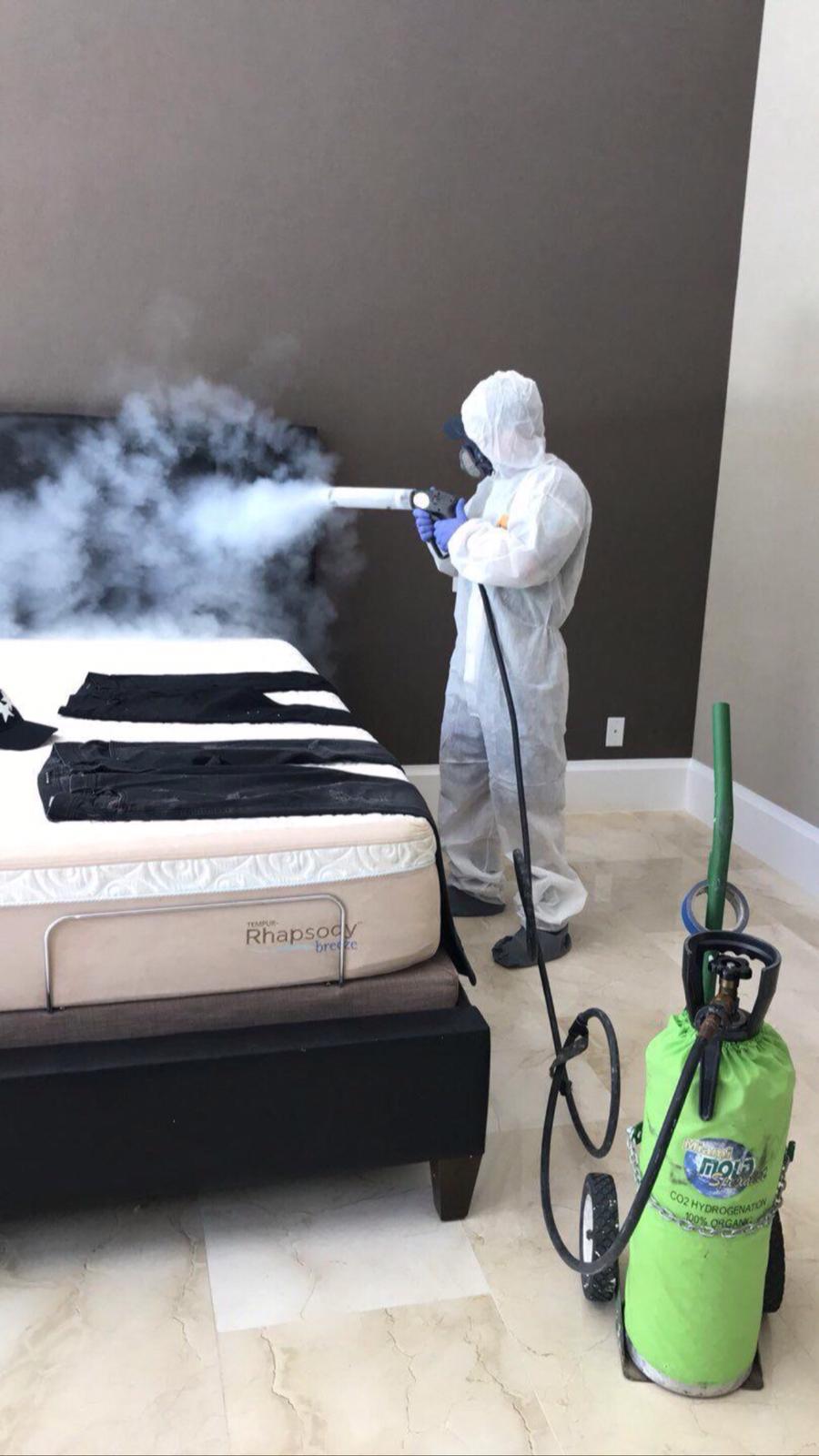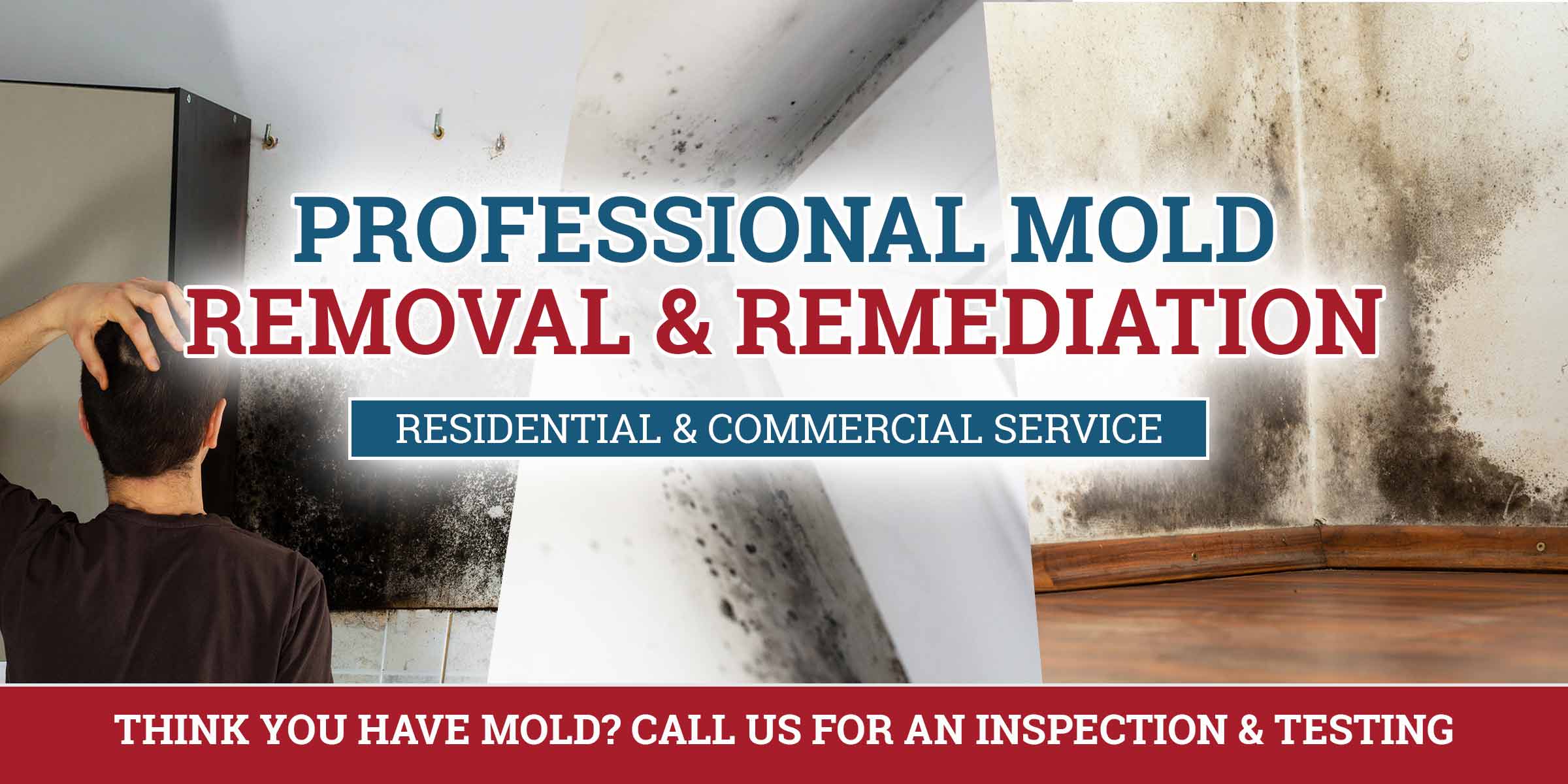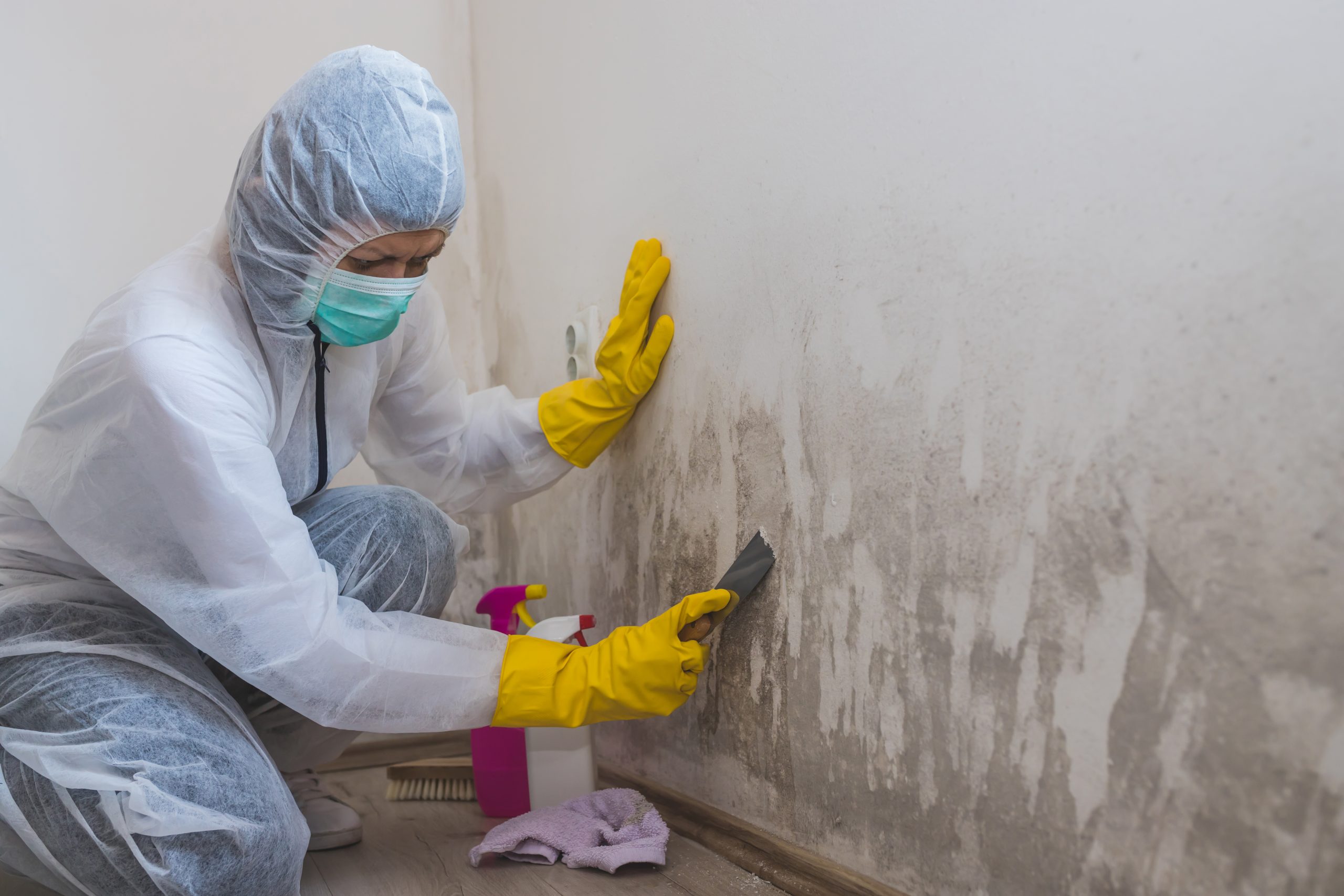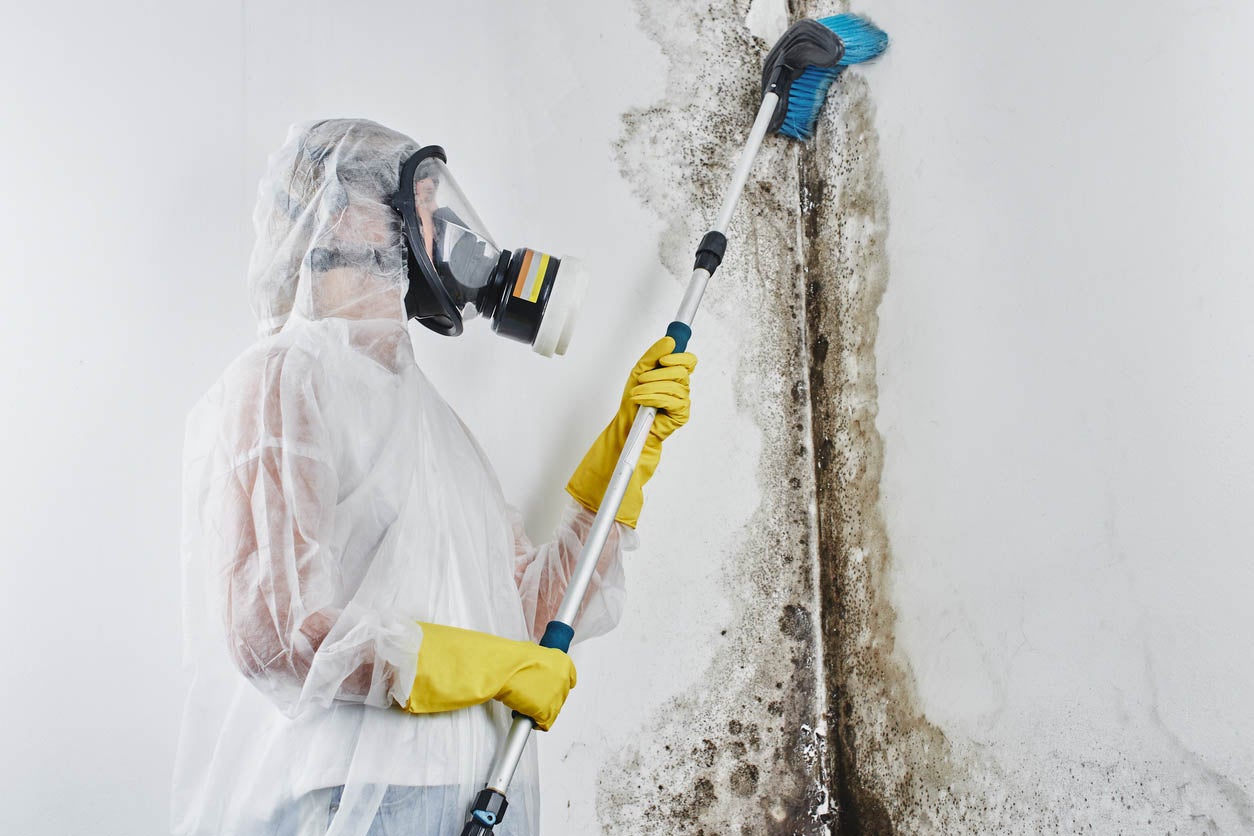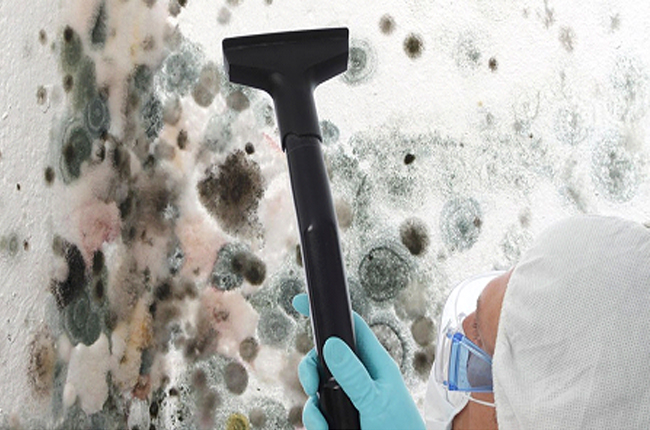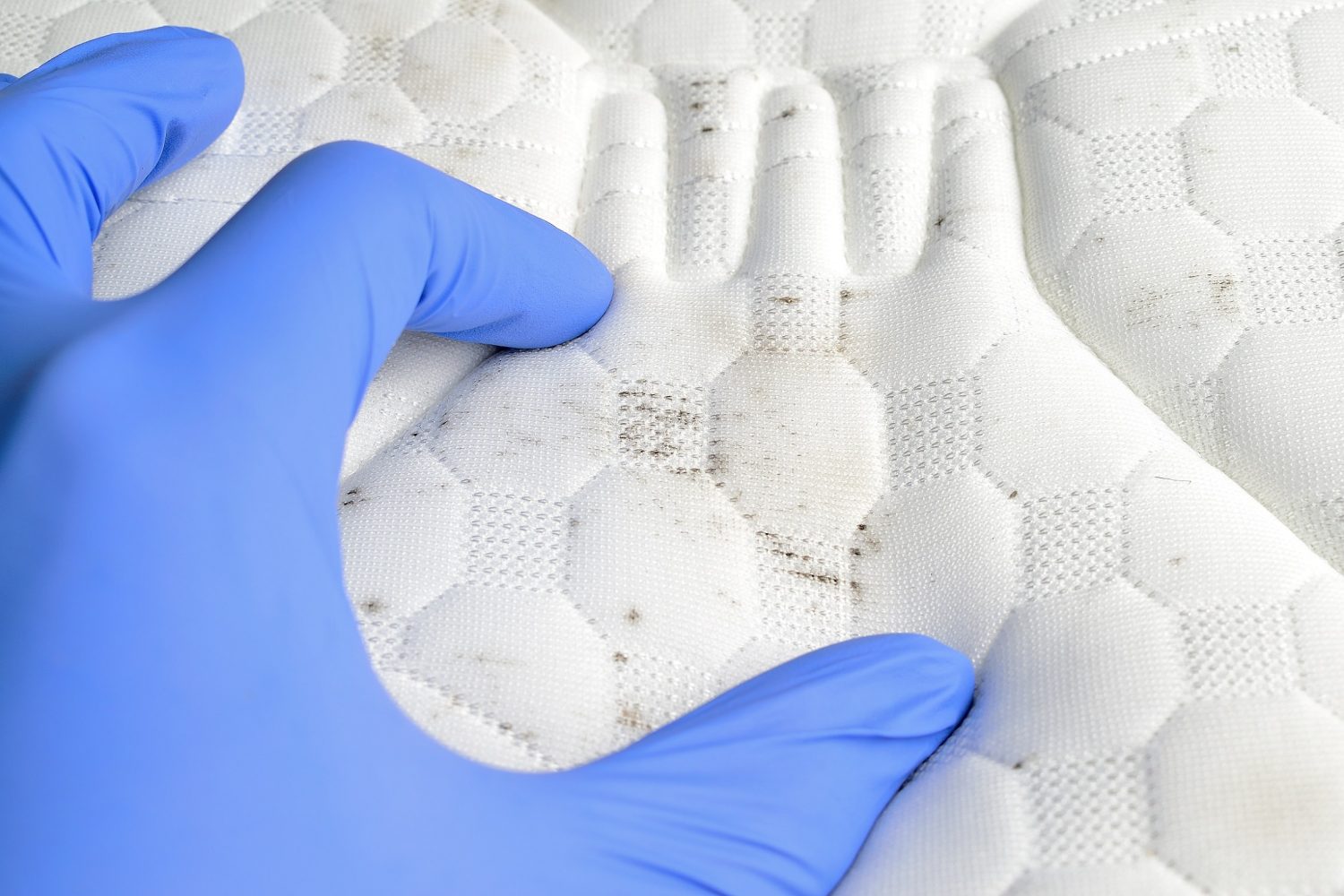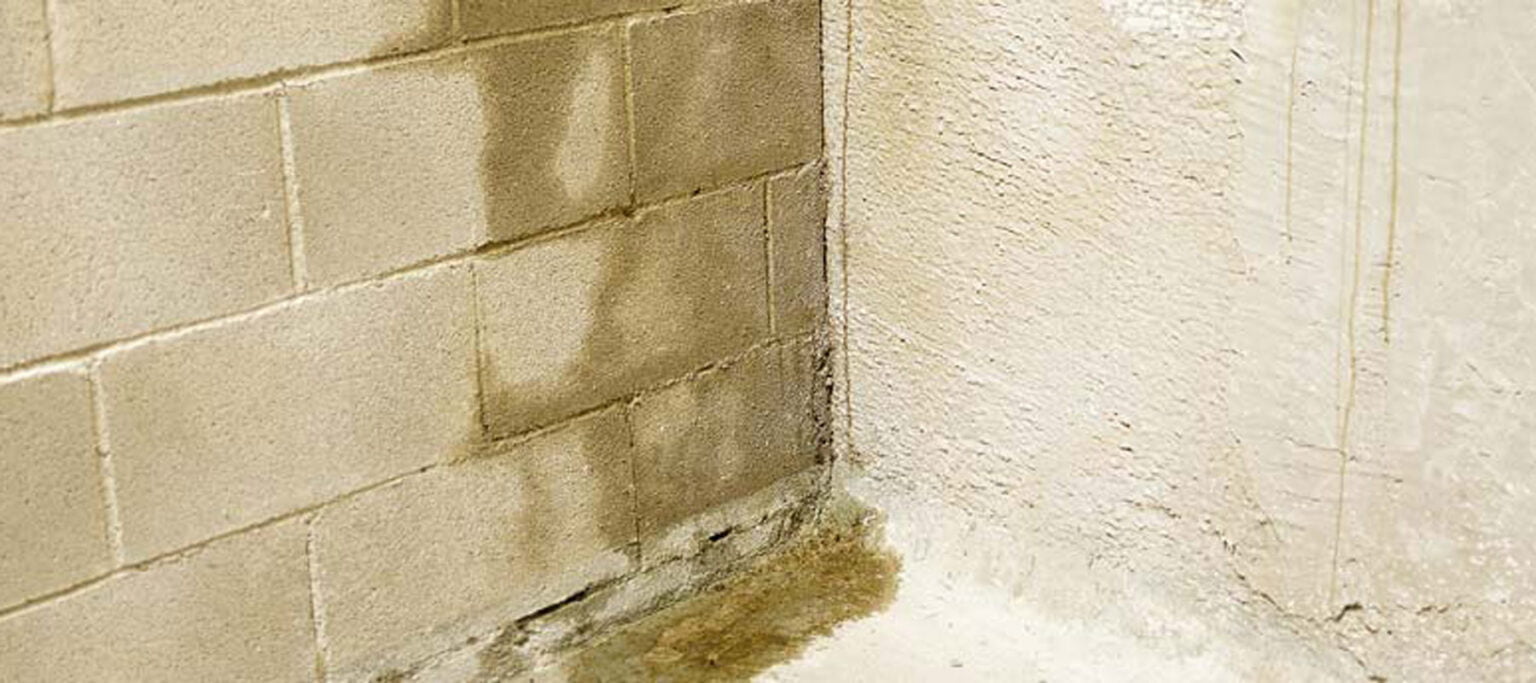How to Remove Mold from a Mattress
If you’ve discovered mold on your mattress, you may be wondering how to get rid of it. Mold can be a health hazard and can also cause damage to your mattress. Luckily, with the right techniques and products, you can effectively remove mold from your mattress and prevent it from coming back.
Can You Get Rid of Mold on a Mattress?
The short answer is yes, you can remove mold from a mattress. However, it will depend on the severity of the mold and the type of mattress you have. If the mold is only on the surface of the mattress and is caught early, you should be able to remove it and salvage your mattress. However, if the mold has deeply penetrated the mattress or has been left untreated for a long time, it may be difficult or impossible to completely remove it.
Steps for Removing Mold from a Mattress
Here are the steps you can follow to remove mold from your mattress:
Step 1: Safety First
If you are sensitive to mold or have respiratory issues, it’s important to wear protective gear such as a mask and gloves while removing mold from your mattress.
Step 2: Isolate the Affected Area
Before you begin, isolate the affected area by covering it with plastic or a sheet. This will prevent the mold spores from spreading to other areas of your room or home.
Step 3: Remove Any Visible Mold
Using a vacuum with a HEPA filter, gently vacuum the surface of the mattress to remove any visible mold. Be sure to dispose of the vacuum bag immediately after use to prevent the mold spores from spreading.
Step 4: Treat the Mattress
Next, you can use a variety of methods to treat the mold on your mattress. These include using vinegar, baking soda, hydrogen peroxide, or a commercial mold remover. Follow the instructions carefully and be sure to spot test a small area before treating the entire mattress.
Step 5: Let the Mattress Dry
After treating the mold, allow the mattress to dry completely. You can use a fan or open windows to help with the drying process.
Step 6: Dispose of the Mattress if Necessary
If the mold has deeply penetrated the mattress or if it has been left untreated for a long time, it may not be safe to use the mattress anymore. In this case, it’s best to dispose of the mattress and purchase a new one.
Effective Ways to Get Mold Out of a Mattress
As mentioned earlier, there are a few different methods you can use to remove mold from a mattress. Here are some effective ways to get mold out of a mattress:
DIY Mold Removal for Mattresses
If you prefer to use natural and non-toxic methods, here are some DIY options for removing mold from your mattress:
Vinegar: Mix equal parts of white vinegar and water in a spray bottle. Spray it on the affected area and let it sit for an hour before wiping it off.
Baking Soda: Mix one cup of baking soda with a few drops of water to create a paste. Apply the paste on the affected area and let it sit for a few hours before vacuuming it off.
Hydrogen Peroxide: Mix equal parts of hydrogen peroxide and water. Spray it on the affected area and let it sit for 10 minutes before wiping it off.
Using Vinegar to Remove Mold from a Mattress
Vinegar is a natural disinfectant and can effectively kill mold. It’s also non-toxic and safe to use around children and pets. When using vinegar to remove mold from a mattress, be sure to use white vinegar and not apple cider vinegar. Follow the steps mentioned in the “Steps for Removing Mold from a Mattress” section for best results.
Natural Remedies for Mold Removal on Mattresses
In addition to vinegar, there are other natural remedies you can use to remove mold from your mattress. These include tea tree oil, grapefruit seed extract, and essential oils such as lavender, eucalyptus, and thyme. These oils have antifungal properties and can help kill mold spores. Mix a few drops with water and spray it on the affected area, then follow the steps mentioned in the “Steps for Removing Mold from a Mattress” section.
Preventing Mold Growth on Your Mattress
Prevention is always better than having to deal with mold removal. Here are some tips for preventing mold growth on your mattress:
Keep Your Mattress Dry: Mold thrives in damp and humid environments, so be sure to keep your mattress dry and well-ventilated.
Rotate Your Mattress: By rotating your mattress regularly, you can prevent moisture from accumulating in one spot and potentially causing mold growth.
Use a Mattress Protector: A waterproof mattress protector can help prevent moisture from seeping into your mattress and causing mold growth.
Keep Your Bedroom Clean and Dry: Regularly clean and vacuum your bedroom to prevent dust and moisture from building up, which can lead to mold growth.
Professional Mold Removal Services for Mattresses
If the mold on your mattress is too severe or if you are not comfortable removing it yourself, you can hire a professional mold removal service. They have the necessary equipment and expertise to effectively remove mold from your mattress and prevent it from coming back.
Signs of Mold on Your Mattress and How to Address Them
It’s important to regularly check your mattress for signs of mold so you can address it as soon as possible. Some signs of mold on a mattress include a musty smell, visible black or green spots, and discoloration. If you notice any of these signs, follow the steps mentioned in the “Steps for Removing Mold from a Mattress” section to effectively remove the mold.
How to Remove Mold from Your Mattress

The Dangers of Mold on Your Mattress
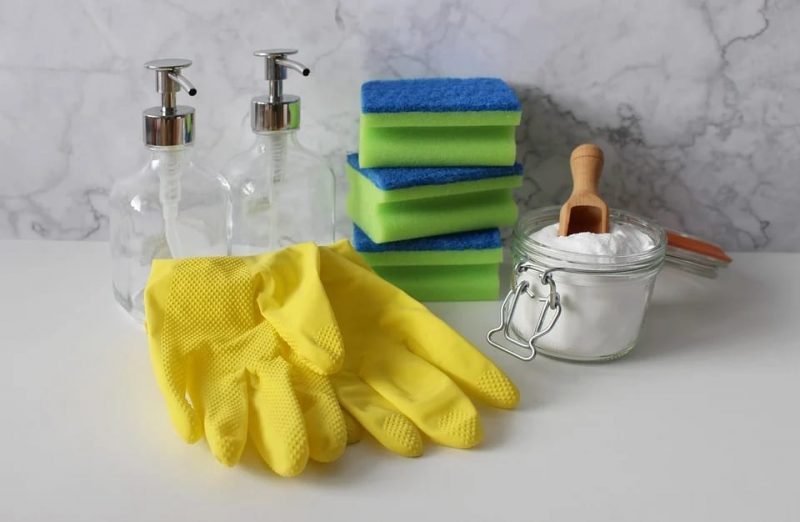 If you've been noticing a musty smell or dark spots on your mattress, you may have a mold problem. Mold is a type of fungus that thrives in damp and dark environments, making your mattress the perfect breeding ground. Not only does mold make your mattress unsightly and unpleasant to sleep on, but it can also have negative effects on your health. Exposure to mold can lead to respiratory issues, allergies, and even skin irritation. Therefore, it's important to address mold on your mattress as soon as you notice it. In this article, we'll discuss the steps you can take to effectively remove mold from your mattress and prevent it from coming back.
If you've been noticing a musty smell or dark spots on your mattress, you may have a mold problem. Mold is a type of fungus that thrives in damp and dark environments, making your mattress the perfect breeding ground. Not only does mold make your mattress unsightly and unpleasant to sleep on, but it can also have negative effects on your health. Exposure to mold can lead to respiratory issues, allergies, and even skin irritation. Therefore, it's important to address mold on your mattress as soon as you notice it. In this article, we'll discuss the steps you can take to effectively remove mold from your mattress and prevent it from coming back.
Step 1: Identify the Source of Moisture
 Before you can effectively remove mold from your mattress, you need to identify the source of moisture that is causing it to grow. This could be due to a variety of factors such as a leaky roof, a humid environment, or even spills on your mattress. Once you have identified the source, take steps to address it to prevent the mold from returning.
Before you can effectively remove mold from your mattress, you need to identify the source of moisture that is causing it to grow. This could be due to a variety of factors such as a leaky roof, a humid environment, or even spills on your mattress. Once you have identified the source, take steps to address it to prevent the mold from returning.
Step 2: Gather Your Supplies
 To remove mold from your mattress, you'll need a few supplies. These include a vacuum with a HEPA filter, a mild detergent, white vinegar, baking soda, a spray bottle, and a clean cloth. It's also a good idea to wear gloves and a mask to protect yourself from the mold spores.
To remove mold from your mattress, you'll need a few supplies. These include a vacuum with a HEPA filter, a mild detergent, white vinegar, baking soda, a spray bottle, and a clean cloth. It's also a good idea to wear gloves and a mask to protect yourself from the mold spores.
Step 3: Vacuum the Mattress
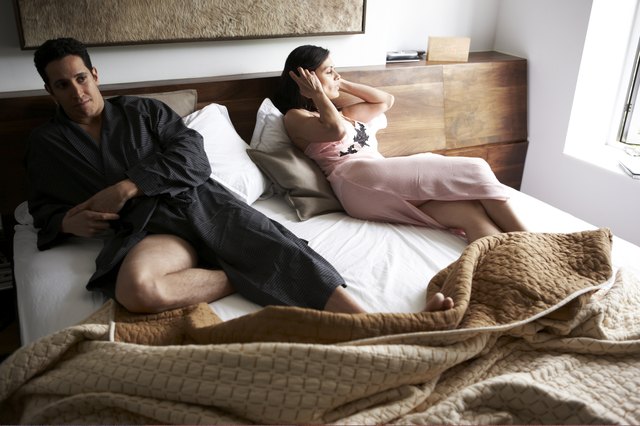 Using your vacuum with a HEPA filter, thoroughly vacuum your mattress to remove any loose mold spores. Be sure to also vacuum the surrounding area to prevent the spread of mold.
Using your vacuum with a HEPA filter, thoroughly vacuum your mattress to remove any loose mold spores. Be sure to also vacuum the surrounding area to prevent the spread of mold.
Step 4: Spot Clean with Detergent
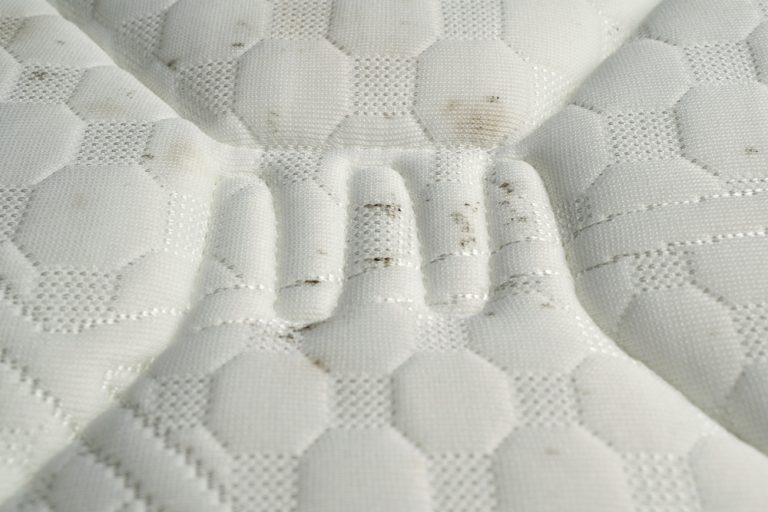 For small areas of mold, you can spot clean with a mild detergent. Mix a small amount of detergent with water and use a clean cloth to gently scrub the affected area. Rinse the area with a clean damp cloth and allow it to dry completely.
For small areas of mold, you can spot clean with a mild detergent. Mix a small amount of detergent with water and use a clean cloth to gently scrub the affected area. Rinse the area with a clean damp cloth and allow it to dry completely.
Step 5: Use White Vinegar
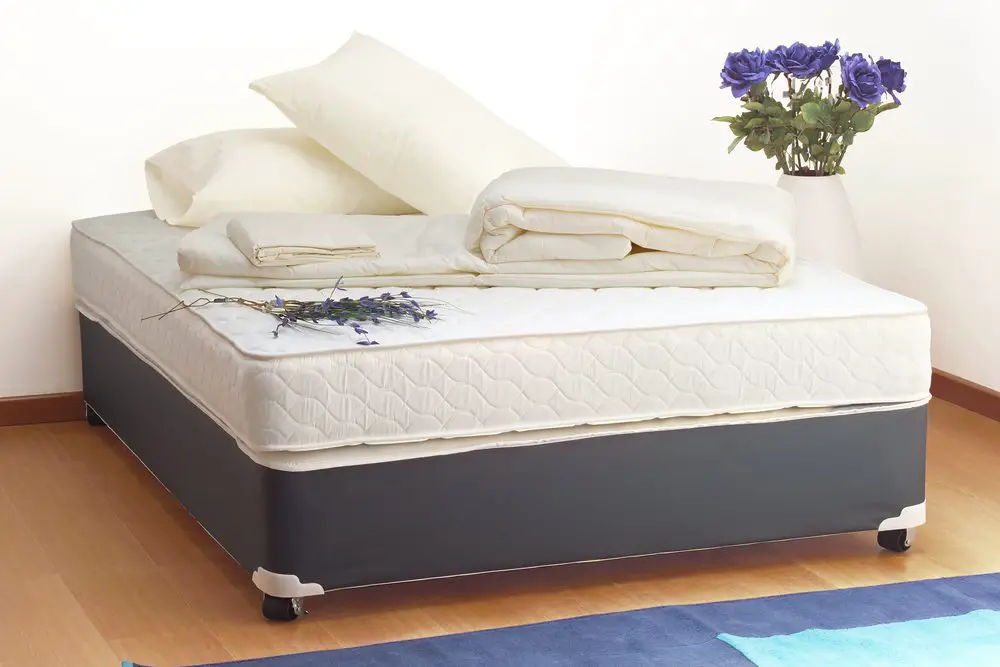 White vinegar is a natural disinfectant that can effectively kill mold. Fill a spray bottle with equal parts white vinegar and water and spray it onto the affected area. Let it sit for a few minutes before wiping it off with a clean cloth.
White vinegar is a natural disinfectant that can effectively kill mold. Fill a spray bottle with equal parts white vinegar and water and spray it onto the affected area. Let it sit for a few minutes before wiping it off with a clean cloth.
Step 6: Deodorize with Baking Soda
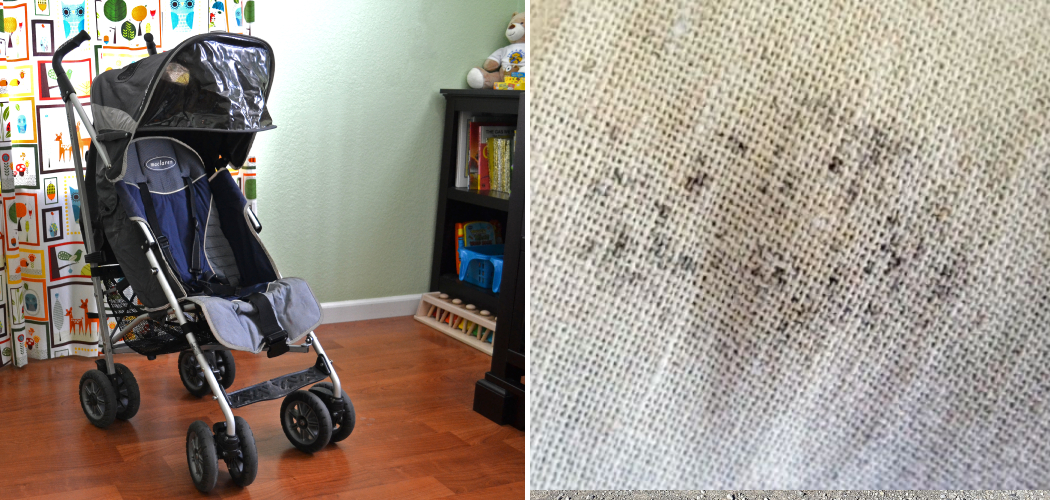 Baking soda is a great natural deodorizer and can help remove any musty smell from your mattress. Sprinkle a generous amount of baking soda onto the affected area and let it sit for a few hours. Vacuum it off thoroughly to remove the baking soda and any remaining mold spores.
Baking soda is a great natural deodorizer and can help remove any musty smell from your mattress. Sprinkle a generous amount of baking soda onto the affected area and let it sit for a few hours. Vacuum it off thoroughly to remove the baking soda and any remaining mold spores.
Step 7: Prevention is Key
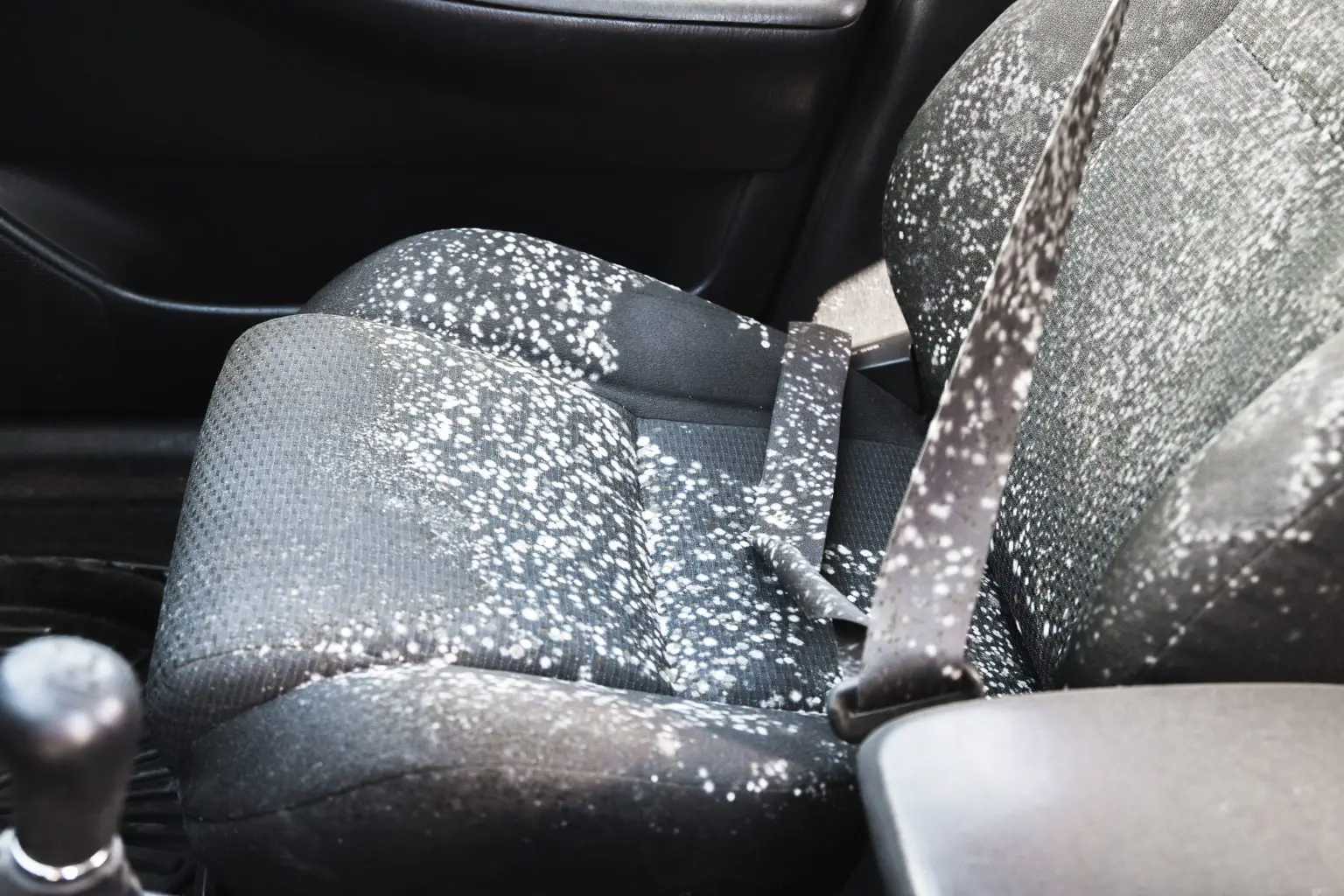 To prevent mold from growing on your mattress in the future, make sure to keep it clean and dry. Use a mattress protector to prevent spills and moisture from seeping into your mattress. It's also a good idea to regularly air out your mattress and keep it in a well-ventilated room.
To prevent mold from growing on your mattress in the future, make sure to keep it clean and dry. Use a mattress protector to prevent spills and moisture from seeping into your mattress. It's also a good idea to regularly air out your mattress and keep it in a well-ventilated room.
In Conclusion
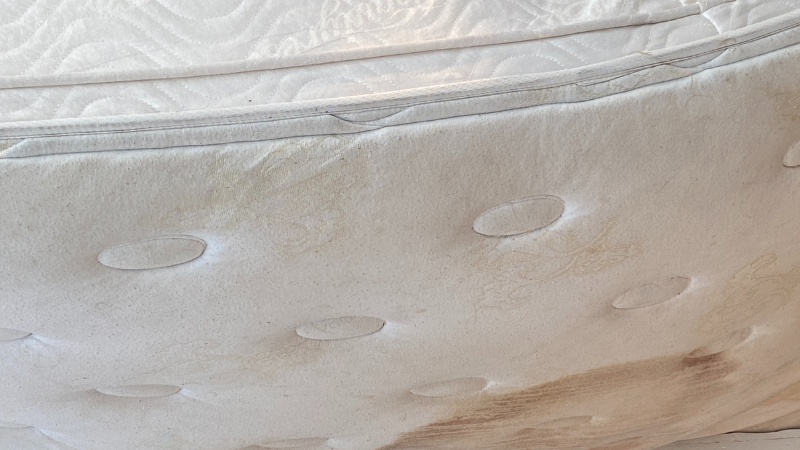 Removing mold from your mattress may take some time and effort, but it's important for the health and safety of you and your family. By following these steps and taking preventative measures, you can ensure that your mattress remains mold-free. If the mold problem is severe or you're unsure of how to properly clean your mattress, it's best to seek professional help. With proper care, you can enjoy a clean and comfortable mattress for years to come.
Removing mold from your mattress may take some time and effort, but it's important for the health and safety of you and your family. By following these steps and taking preventative measures, you can ensure that your mattress remains mold-free. If the mold problem is severe or you're unsure of how to properly clean your mattress, it's best to seek professional help. With proper care, you can enjoy a clean and comfortable mattress for years to come.

